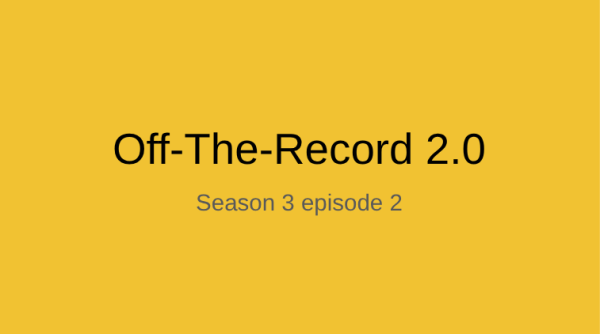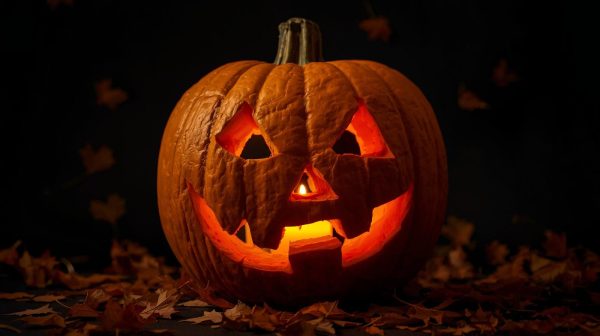Origins of the Easter Bunny
Easter—a holiday which celebrates the resurrection of Jesus Christ—is considered a “moveable feast,” occurring every year between March 22 and April 25 on the Gregorian Calendar. The celebration is one which greatly boosts economic activity in the United States due to its symbolism; among such symbols are several which appear mysterious in their origins, including Easter eggs and, more notably, the Easter Bunny.
The exact origins of this mythical mammal are mysterious. The rather large Easter Bunny is an ancient symbol for new life and fertility. Year after year, eager children rush to their baskets to see what kinds of treats, chocolates, and other special fillers the furry mythical creature left behind for them. But, just like Santa Claus appears to be religiously unrelated to Christmas, the mysterious hare has no obvious connections to the Christian significance.
The Easter Bunny arrived in America in the 1700s with German settlers who came to Pennsylvania and transported their tradition of an egg-laying hare named Osterhase. This tradition serves as a counterpart to the Swiss belief that Easter eggs are delivered by a cuckoo and a belief in another region of Germany that the same is performed by a fox.
The concept also exists in religious beliefs, where pagans are said to have brought the bunny into the world. Early pagans are known to have worshiped rabbits as godly for their capability to reproduce at unprecedented rates. This belief was further strengthened by the notion of God turning into a large rabbit with the coming of every full moon.
Over time, the idea of an Easter bunny swarmed the United States, with children embracing the idea of a real rabbit embodying Easter and leaving out carrots for the animal before the holiday. Easter-morning deliveries expanded to chocolate and a large variety of candy and gifts.
Admittedly, the current Easter Bunny differs significantly from the one sanctified centuries ago, both in origin and purpose. Nevertheless, the idea of an egg-laying hare, while absurd at first sight, has ancient roots, and is thus valuable to the culture and spirit of the regions which include such a creature in their Easter festivities.
More information about the bunny (and Easter as a whole) can be found at history.com.

My name is Kimberly Smith, and I am a senior here at Greater Nanticoke Area High School. This is my third year writing for The GNA Insider. I moved from...







